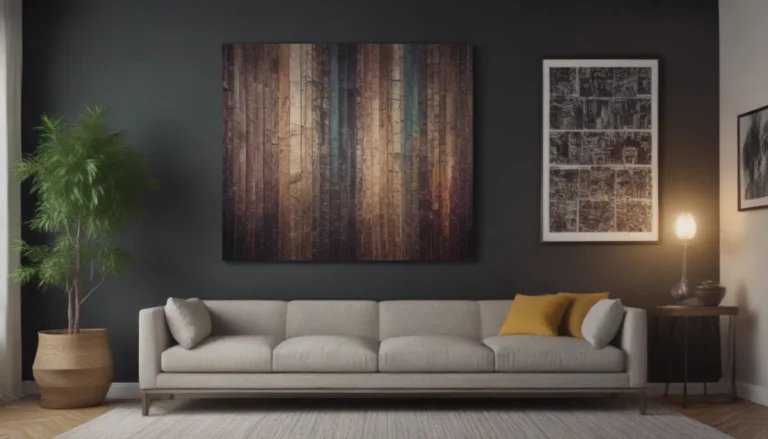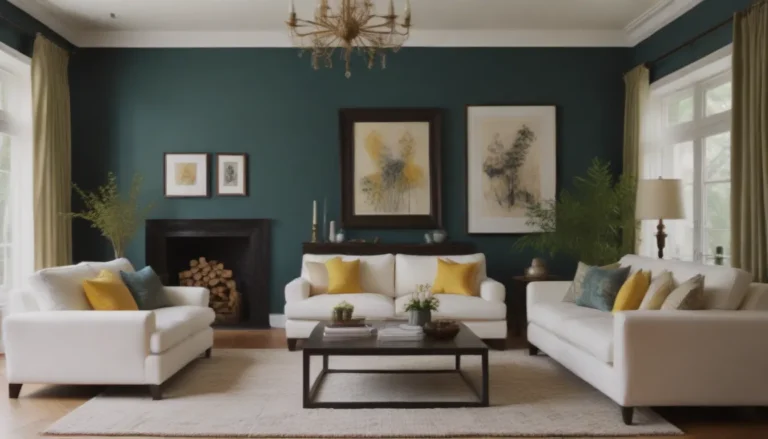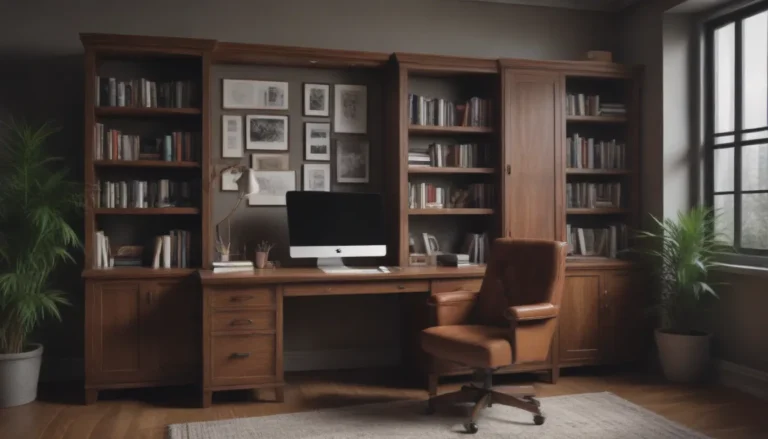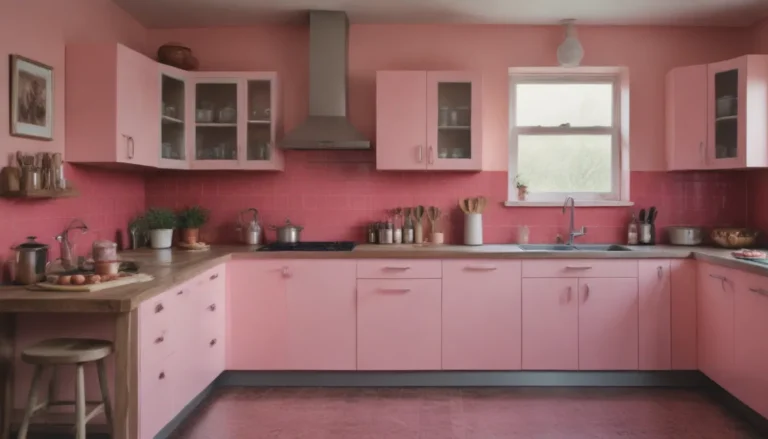Mastering the Art of Mixing Metals in Your Home Decor: A Comprehensive Guide
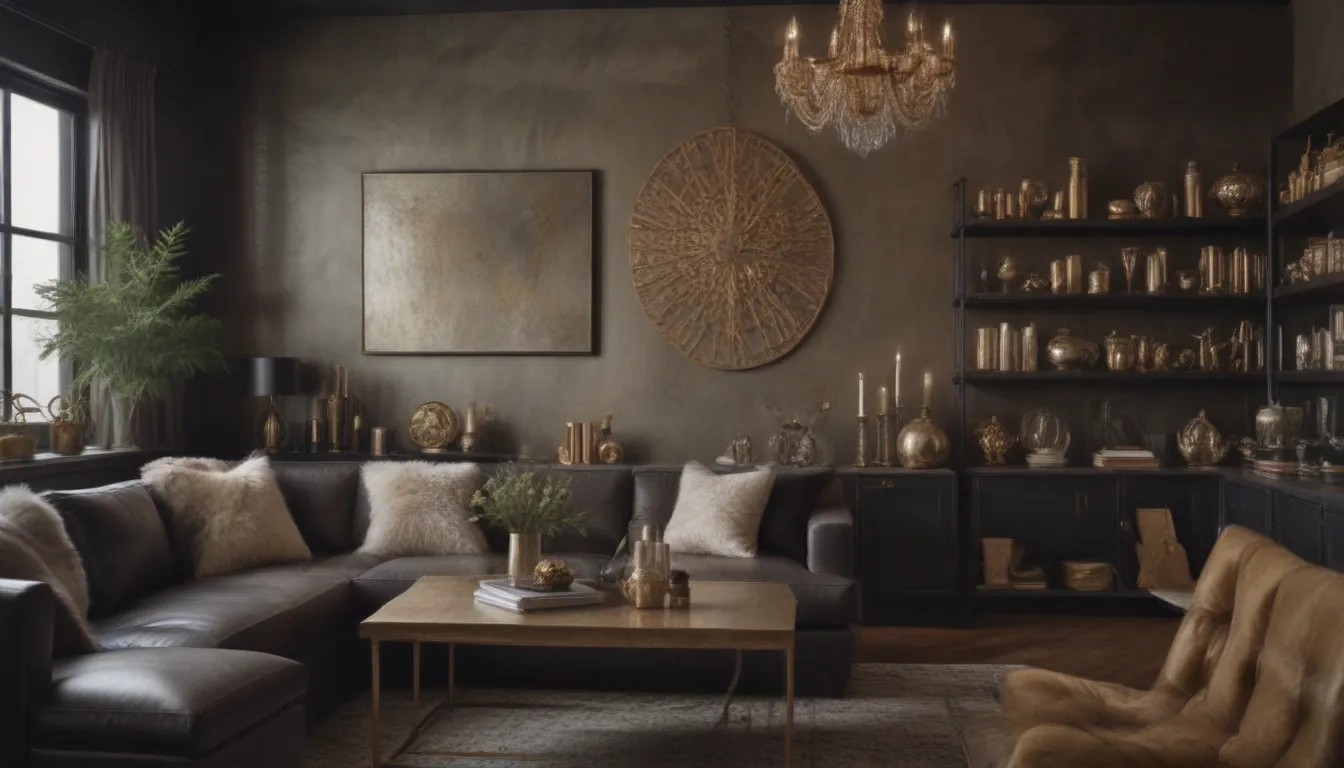
Are you looking to add a touch of elegance and sophistication to your home decor? One simple way to achieve this is by mixing metals strategically throughout your space. Gone are the days of sticking to just one metal finish – by incorporating a blend of different metals, you can create a multidimensional and visually appealing interior. But how do you go about mixing metals effectively? We’ve gathered expert tips and advice to help you master the art of mixing metals in your home decor. From choosing the right combinations to achieving a curated look, we’ve got you covered.
Why Mix Metals in Your Home Decor?
Before we delve into the nitty-gritty details, let’s first explore why mixing metals can be beneficial for your home decor. Designers like Shannon Claire Smith emphasize that using multiple metal finishes can add depth and interest to a space. By combining different tones and finishes, you can create a look that is intentional and visually striking. Here are some key reasons why mixing metals is a popular trend in interior design:
- Elevates the elegance and sophistication of a space.
- Adds depth and interest to the overall decor.
- Creates a curated and eclectic look.
- Allows for creative contrast and visual impact.
Now that we understand the importance of mixing metals, let’s move on to the practical tips and guidelines for incorporating this trend into your home decor.
Mix Opposites for Contrast
When it comes to mixing metals, one important rule to keep in mind is to opt for contrasting tones and finishes. According to designer Killy Scheer, combining metals that are too similar in color can result in a lackluster or disjointed look. Instead, aim for a combination of opposites, such as satin nickel and polished brass, to create a clear contrast. Avoid pairing metals like brass and gold, as these two tones can clash. By mixing metals with distinct colors and finishes, you can achieve a more purposeful and cohesive look in your space.
Take Note of Undertones
Another crucial factor to consider when mixing metals is the undertone of each metal finish. Designer Brittany Farinas advises incorporating metals with similar undertones to achieve harmony in your space. For example, when mixing brass with another metal, look for elements that share a warm undertone to ensure a cohesive look. Keep in mind that brass, bronze, and copper each have unique undertones, which can impact how well they mix together. By paying attention to undertones, you can create a harmonious and balanced mix of metals in your home decor.
Tip:
Remember that brass, bronze, gold, and copper tones tend to warm up a space, while stainless finishes, nickel, and chrome have a cooling effect. Use this knowledge to balance the temperature of your space and create a visually appealing mix of metals.
Achieve a Curated Look
To give your home a curated and collected feel, it’s essential to mix metals with intention and purpose. As designer Scheer explains, combining different metal finishes can create the impression that your design has evolved over time. This approach adds character and depth to your space, making it feel personalized and unique. Designers Miriam Silver Verga and Hillary Kaplan recommend ensuring that each type of metal is strategically placed throughout the room to create a cohesive and intentional look.
Avoid Mixing Too Many Metals
While mixing metals can enhance the aesthetic appeal of your home decor, it’s crucial not to overdo it. Designer Teri Clar cautions against mixing too many metals, as this can lead to a cluttered and chaotic look. Instead, aim to mix one to two metals in small rooms and no more than two to three metals in larger spaces. By sticking to a limited number of metals, you can maintain a cohesive and visually pleasing aesthetic throughout your home. Designer Cynthia Vallance suggests selecting a dominant metal finish to guide your metal mixing choices and maintain consistency in your decor.
Choose a Dominant Finish
When mixing two or three metals in a room, it’s helpful to designate one dominant metal finish to anchor your design. Following the 60-30-10 decorating rule, allocate different percentages of each metal finish to create a harmonious and balanced look. Additionally, selecting a dominant metal finish can help you ensure consistency in quality across various metal items. For example, if you choose chrome as your dominant metal, opt for oil-rubbed bronze accents from the same manufacturer to achieve a cohesive finish.
Pick Metals That Make Sense
When selecting metals for your home decor, consider the room’s use and overall ambiance. In more formal spaces like bathrooms, designer Mary Patton recommends using brass for a timeless and elegant look. Remember that matte black and gray iron are versatile neutral metal colors that pair well with most other metals. Whether you prefer a classic or modern style, there are endless metal combinations to choose from. Nickel, gold, brass, and bronze evoke a classic elegance, while black, chrome, and polished metals offer a more contemporary feel. By aligning your metal choices with your personal style and design preferences, you can create a cohesive and visually appealing decor scheme.
In conclusion, mixing metals in your home decor is a versatile and creative way to elevate your space and add personality to your interiors. By following these expert tips and guidelines, you can master the art of mixing metals and create a curated and visually captivating home decor scheme. Experiment with different metal combinations, pay attention to contrasts and undertones, and always keep the overall aesthetic of your space in mind. With a thoughtful and intentional approach, you can transform your home into a stylish and sophisticated haven that reflects your unique design sensibility.
